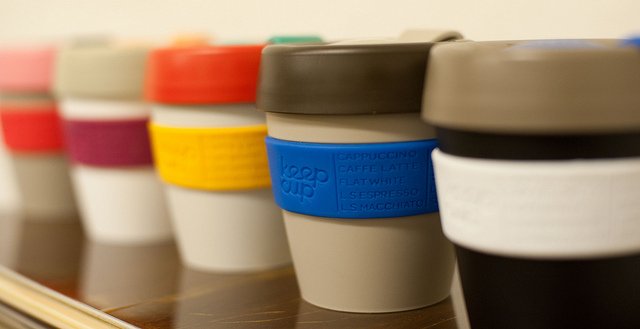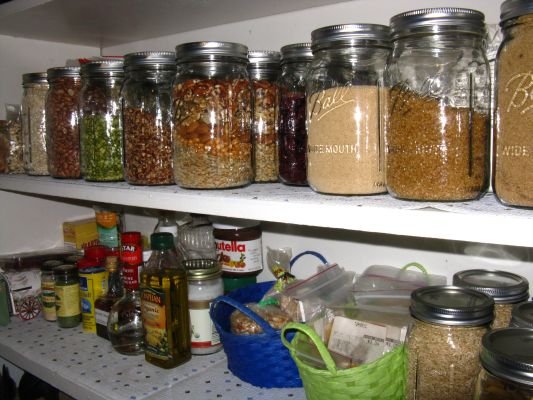When it comes to recycling many of us are familiar with the three R’s, reduce, reuse, recycle. But did you know there are actually five R’s? Refuse, reduce, reuse, repurpose, recycle, in that order. And yes the order is important. Most people think they are being environmentally responsible by recycling but it should actually be a last resort after following the other R’s.
Global Citizen campaigns on many environmental issues, which you can learn about and take action on here. Living sustainably is one thing all global citizens can do to reduce their carbon footprint and reduce our contribution to greenhouse gas emissions. Taking action on climate change is Global Goal number 13. So consider the following 5 steps when it comes to purchasing and consuming.
Refuse
This first step is all about saying no to things that are harmful to the planet. For example, refusing plastic shopping bags. It is also about considering the power of your shopping dollar by only buying ethical products, such as eco-friendly cleaning products instead of ones with harmful chemicals or refusing to buy items packaged in plastic.
Such a shame bananas don't have their own protective skins 🙄 #WarOnWastepic.twitter.com/vy4mji9T6a
— Bec Resuta (@becresuta) August 13, 2017
Reduce
We are all culprits of having too much stuff in our lives that we don’t really need. This step is about pausing and thinking before you make a purchase and asking yourself if you really need something. Instead of buying new clothes how about hosting a clothes swap with a group of friends?
The environmental benefits of swapping clothes #Reuse#WarOnWaste#zerowaste#FridayFeeling#Ecofashion#Recycle#EthicalFashion#GoGreenpic.twitter.com/jqfmF8aULx
— Grace & Green (@grace_and_green) August 18, 2017
Reuse
Step number three is all about ditching the disposable and investing in the reusable. Instead of using disposable single use plastic bags, straws and water bottles you can buy reusable ones that can be used many times over instead of sending them to landfill. You can also find alternatives to things such as disposable plastic cling wrap and swap it for a reusable option like beeswax cloth wraps.

Read more: 7 Eco-Friendly Alternatives to Plastic Straws to Help Save the Oceans
Repurpose
Otherwise known as upcycling, this is your chance to get creative. Simply find uses for something you you may have previously discarded. For example old jam jars can be used to store pantry items, wooden palettes can be transformed into vertical gardens and an old t-shirt can be plaited into a dog toy. Use your imagination!

Recycle
Last but not least. After considering the previous four steps, by now you should have reduced the amount you have left to recycle. Recycle everything you can, there may even be some items you didn’t know could be recycled.
Read more: 10 Things You Didn’t Know You Could Recycle